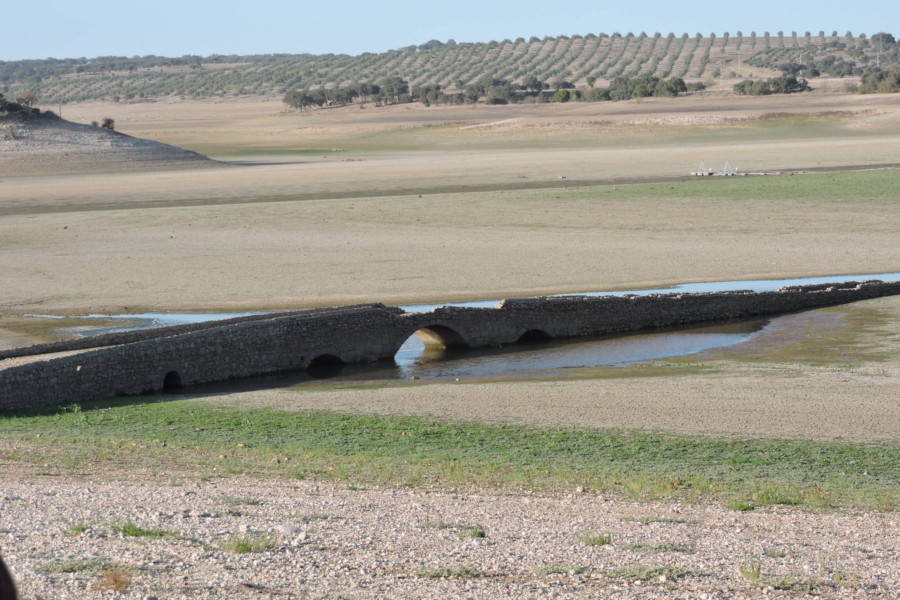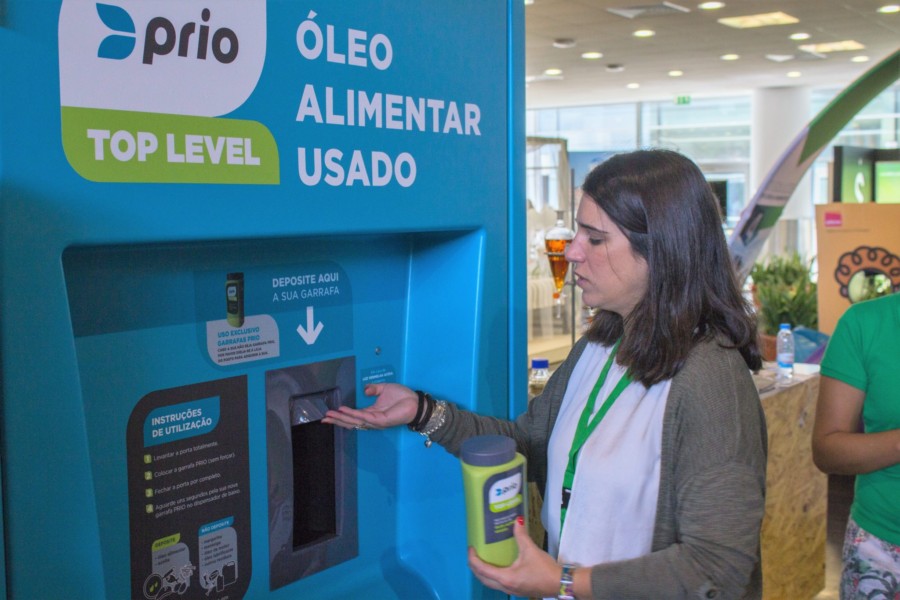Acordo de Paris: Mundo reunido no combate às Alterações Climáticas
No dia da terra, 197 países marcaram presença na aprovação do Acordo de Paris, que teve lugar na Conferência das Nações Unidas sobre o Clima (COP21). A conferência, realizada em Paris a 12 de dezembro de 2015, é marcada pela presença da China e dos EUA, que ratificaram o acordo e comprometeram-se a reduzir as emissões de dióxido de carbono.

ALENTEJO… que SECA!!!
No Alentejo, em Portugal e no Mundo, as pessoas foram-se adaptando às condições climáticas do espaço em que estavam inseridas. Ao longo dos tempos organizaram as suas atividades e outros aspetos da sua vida, aproveitando o bom que o clima lhes oferecia e tentando proteger-se de possíveis problemas e limitações que o mesmo clima foi colocando
Mas…o clima está a mudar e a Bacia do Mediterrâneo não é exceção. As alterações estão a ser rápidas, afetando os valores médios da temperatura e da precipitação e originando fenómenos extremos, como ondas de calor ou secas. Esta mudança, constitui um desafio para conseguirmos prevenir os seus efeitos e reduzir, acima de tudo, os riscos e as perdas.
Segundo a “Agência Portuguesa do Ambiente” as alterações climáticas não são, portanto, algo que irá ocorrer num futuro longínquo, mas antes um processo dinâmico que está em curso e que urge conhecer, acompanhar e compreender”.

“Projeto Rios”: Os alunos de Gualtar puseram mais uma vez mãos à obra!
O PRios da EBGualtar – Braga, associou-se ao Global Action Day do Município de Braga, e realizou a saída de campo para limpeza e monitorização do troço adotado do rio Este, no passado dia 27 de outubro.
Contou, para o efeito, com a presença e com os ensinamentos da Coordenadora a Nível Nacional do Projeto Rios, Dra. Joana Silva, que orientou/motivou os alunos participantes. Parabéns pela iniciativa.
Partilhamos, agora, convosco fotografias e a reportagem, elaborada por uma aluna nossa, que testemunham a importância deste tipo de iniciativa.

Prio Top Level – O Biodiesel Português
Aumentar a recolha de óleo alimentar usado de origem doméstica, através de uma rede que, em 2020, se espera ser de 600 oleões avançados, é o principal objetivo da PRIO TOP LEVEL


You must be logged in to post a comment.